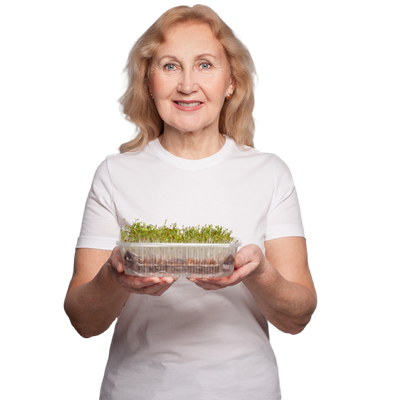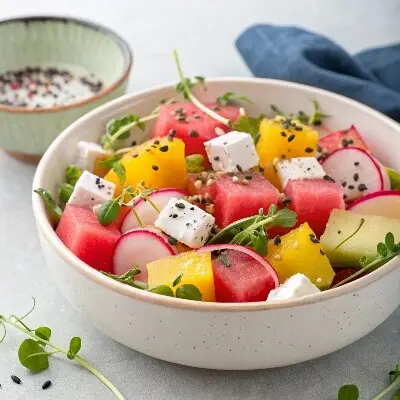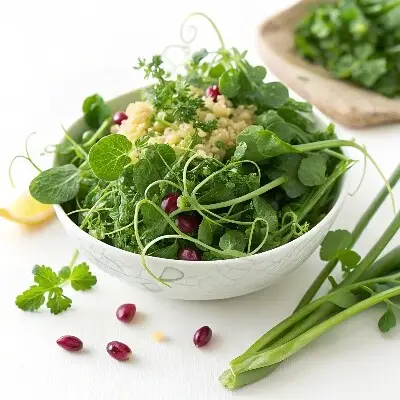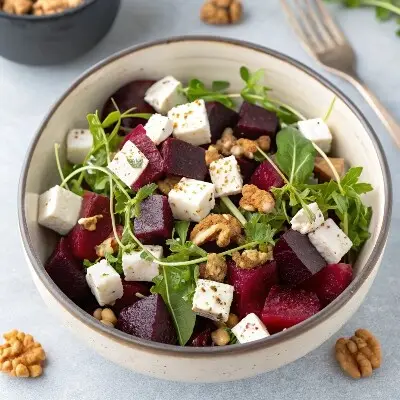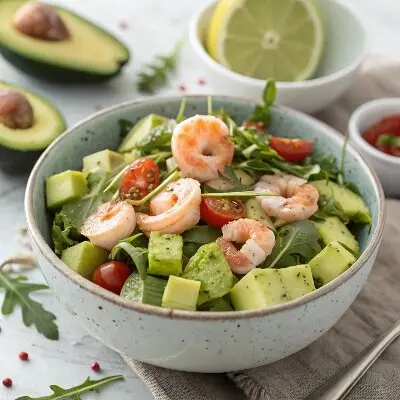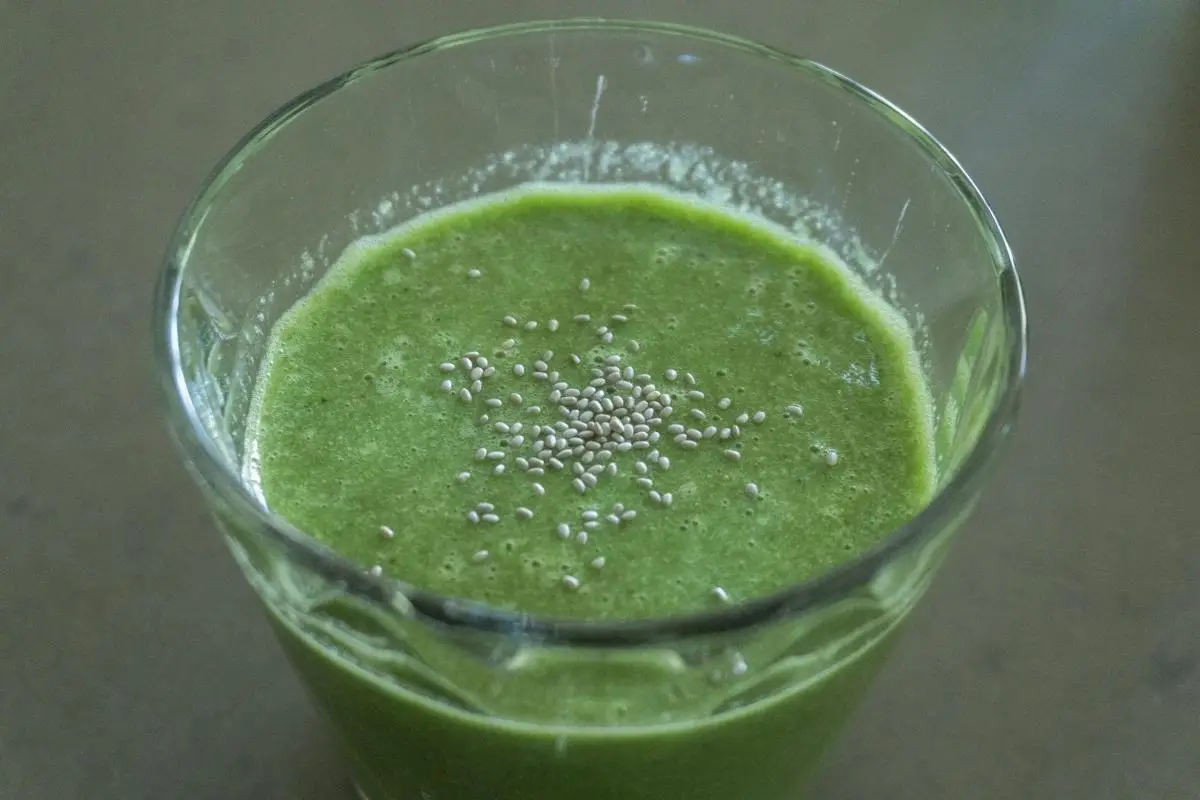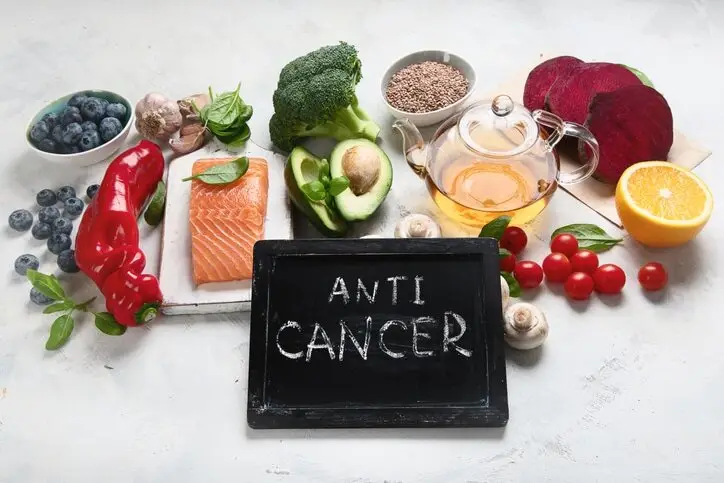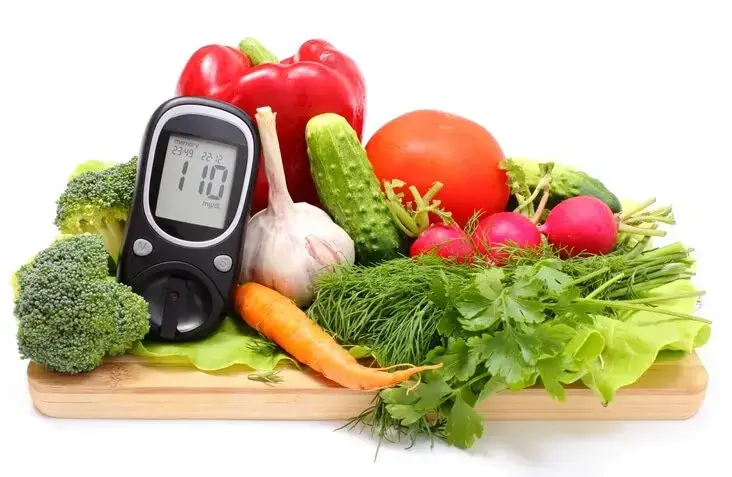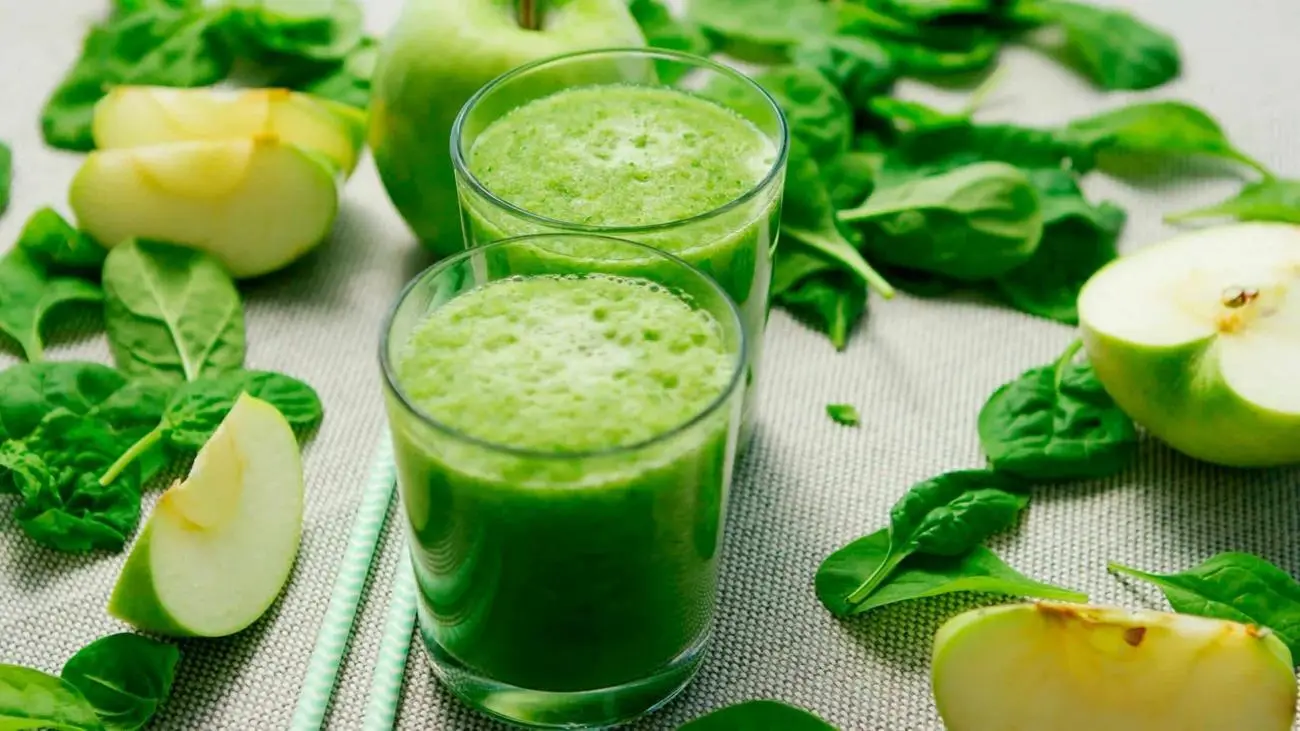How microgreens compare to other nutrient-rich foods
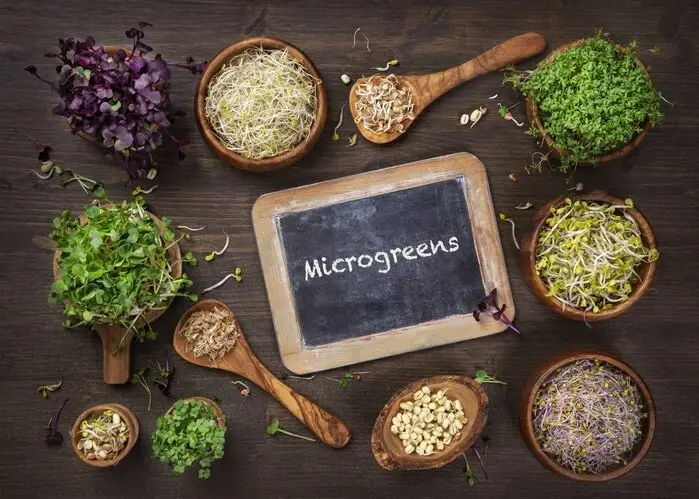
What are Microgreens?
Microgreens, the tiny seedlings of vegetables and herbs, harvested anywhere from 7 to 21 days from germination depending on the the specific microgreen variety. Microgreens have taken the health and culinary industries by storm in recent years. Microgreens have been touted as a superfood by offering a concentrated dose of nutrients in every bite. However, how do they compare to other nutrient-rich foods stapled in our diet for generations? This article explores this question in depth.
Research indicates that microgreens are packed with nutrients
A 2012 study published in the Journal of Agricultural and Food Chemistry found that microgreens contain up to 40 times the nutritional value of their mature counterparts. This means that a small serving of microgreens can provide as many nutrients as a larger serving of the mature vegetable.
For example, red cabbage microgreens have been found to contain up to 40 times more vitamin E and six times more vitamin C than mature red cabbage. The nutritional profile varies by the type of microgreen, but generally, they are rich in vitamins A, C, E, K, and various B vitamins, as well as minerals like potassium, iron, zinc, and magnesium. Some microgreens, such as broccoli, also contain sulforaphane, which has potent anti-cancer properties.
However, it’s crucial to understand how they stack up against other nutrient-dense foods. Let’s compare microgreens with popular nutrient-rich foods: spinach, broccoli, almonds, salmon, kale, blueberries and avocado.
Microgreens vs. Spinach
Spinach is one of the most nutrient-dense leafy green vegetables. It’s rich in vitamins A, C, and K1 and minerals like iron and calcium. However, the nutrient content of microgreens can be considerably higher, depending on the variety. For instance, red cabbage microgreens have 40 times more vitamin E and six times more vitamin C than mature red cabbage.
Microgreens vs. Broccoli
Broccoli is another powerhouse of nutrition, high in vitamins C, K, and A, along with fibre and potassium. Broccoli microgreens, however, offer a significantly higher amount of these nutrients. They also contain sulforaphane, a compound with potent anti-cancer properties.
Microgreens vs. Almonds
Almonds are renowned for their heart-healthy fats, protein, fibre, and vitamin E. While microgreens do not offer the same type of nutrients, they shine in their vitamin and mineral content. They contain more vitamins A, C, and K, but lack the protein and healthy fats that almonds provide. Thus, while microgreens and almonds offer different nutritional benefits, they can complement each other in a balanced diet.
Almonds are excellent monounsaturated fats, fibre, protein, and vitamin E sources. They are known to be heart-friendly due to their low LDL cholesterol levels and anti-inflammatory properties. While microgreens don’t offer healthy fats and protein in almonds, they offer a broader spectrum of vitamins and minerals. For example, cilantro microgreens contain three times more beta-carotene than mature cilantro.
Microgreens vs. Salmon
Salmon is a nutritional powerhouse, providing substantial amounts of heart-healthy omega-3 fatty acids, high-quality protein, and a full spectrum of vitamins, including a significant amount of vitamin D.
While microgreens may not offer the same omega-3 fatty acids or vitamin D found in salmon, they do provide a rich concentration of other essential nutrients like vitamins A, C, E, K, and minerals like iron, potassium, and magnesium.
Salmon is a nutrient-dense food that is particularly rich in omega-3 fatty acids and vitamin D. While microgreens do not contain these nutrients, they offer other essential vitamins and minerals. They also make a great addition to a salmon dish, enhancing its nutritional profile.
While microgreens pack a nutritional punch, it’s important to note that they cannot replace these other nutrient-rich foods entirely due to variations in nutrient profiles. A balanced diet should include various foods to ensure you get a broad spectrum of nutrients.
It’s also worth considering practical factors. Microgreens are perishable and best eaten fresh, unlike almonds or salmon, which can be stored for longer periods. Additionally, while they are nutrient-dense, the small serving size of microgreens means you would need to consume a large quantity to get the same amount of nutrients as you would from a regular serving of another food.
Microgreens vs. Kale
Kale has long been celebrated as a superfood, offering an impressive array of nutrients such as vitamins A, K, C, B6, manganese, calcium, copper, potassium, and magnesium. However, microgreens, such as red cabbage, can contain up to six times more vitamin C and up to 69 times the vitamin K of mature kale, according to a 2012 USDA study.
Microgreens vs. Blueberries
Blueberries are renowned for their antioxidant properties. They are rich in fibre, vitamin C, vitamin K, and manganese. While microgreens might not directly compete with the antioxidant content of blueberries, they certainly excel in other nutrient areas. For instance, broccoli microgreens have a higher concentration of vitamin C and offer sulforaphane, a compound with potent anti-cancer properties.
Avocados
Avocados are a highly nutritious fruit, well-known for their heart-healthy monounsaturated fats, specifically oleic acid. They are also high in dietary fibre, contributing to digestive health, and packed with various vitamins and minerals, including vitamins K, C, E, B5, B6, folate, and potassium. In addition, they contain antioxidants such as lutein and zeaxanthin, which are beneficial for eye health.
Comparing the two, avocados and microgreens offer different types of nutritional benefits. Avocados shine in their healthy fat content, which is essential for absorbing fat-soluble vitamins (like vitamins A, D, E, and K), supporting brain health, and providing a sense of satiety. They also excel in their fiber content, which aids digestion and helps control blood sugar levels.
Microgreens, however, often have a higher concentration of certain vitamins and minerals due to their immature growth stage. They provide a more concentrated source of nutrients like vitamins E and C compared to their mature vegetable counterparts.
However, it’s important to note that because of their small size, you would need to eat a larger volume of microgreens to get the same amount of nutrients you would from an equivalent weight of avocados. The two can complement each other well in a balanced diet.
While microgreens are nutrient-dense, they don’t provide the healthy fats and fibre that avocados do. Similarly, avocados don’t offer the same concentration of specific vitamins and minerals found in microgreens. They both have unique nutritional profiles and serve different roles in a balanced diet, and including both can help ensure a wide range of dietary benefits.
Conclusion
In conclusion, microgreens are highly nutritious, providing concentrated vitamins and minerals. However, it’s essential to understand that each of these foods – kale, blueberries, salmon, and almonds – brings unique nutritional benefits to a balanced diet. Microgreens can complement these nutrient-rich foods rather than replace them, enhancing your meals’ overall nutritional profile.
Disclaimer
The information provided in this article is for educational and informational purposes only and is not intended as medical advice. It is not a substitute for professional medical advice, diagnosis, or treatment. Always seek the advice of a qualified healthcare provider with any questions you may have regarding a medical condition. The author and publisher of this article are not responsible for any adverse effects or consequences resulting from the use of any suggestions, preparations, or procedures described in this article.


